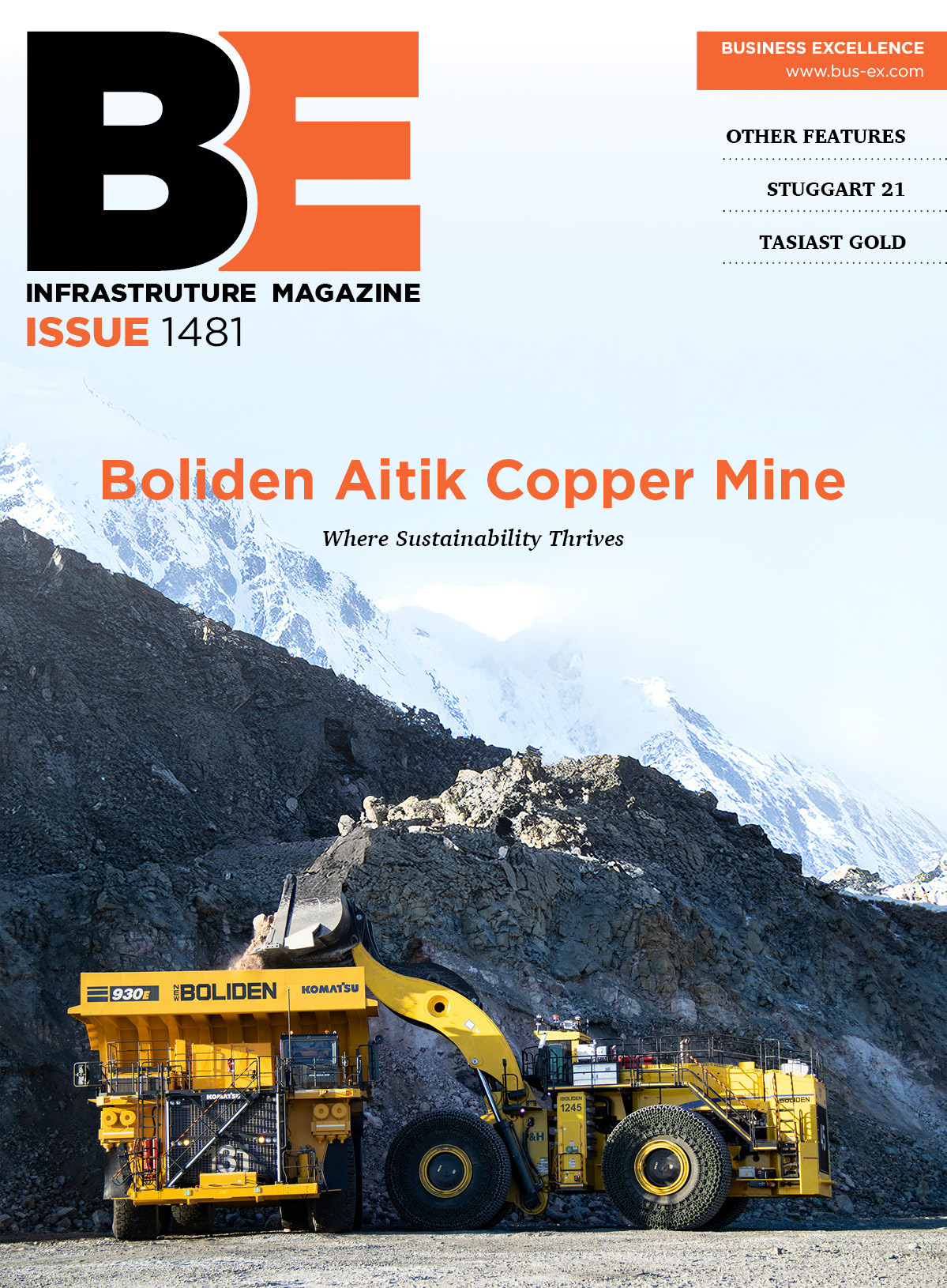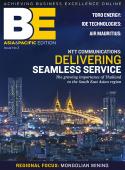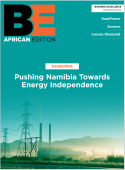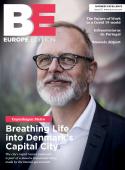Packing in the power
Marco Fregonese, marketing manager of Trasfor SA, spoke to Jayne Flannery about making an impact in the fast-growing world of electro-magnetic componentry.
For over 40 years Trasfor SA, based in Lugano, Switzerland, has been nurturing its reputation in the design and manufacture of custom built dry type transformers and inductors. ÔÇ£The length of time we have been operating in this industry and our subsequent expertise is something that very much sets us apart in this marketplace,ÔÇØ said Marco Fregonese, marketing manager.
The companyÔÇÖs original and oldest production faculty in Switzerland is dedicated to the largest cast resin transformers of up to 25MVA. This has since been supplemented by a further four facilities in Italy. One is dedicated to oil immersed transformers, two supply low voltage production equipment and a final facility concentrates on the production of small, lightweight transformers.
Trasfor offers two main product types. Firstly, there are solutions for low voltage applications which make use of impregnated technology, and secondly for medium voltage applications which utilise cast resin transformers. Both product streams share a common focus in that they feature high levels of customisation. ÔÇ£There are many big players out there who are chasing volume opportunities and want to mass produce. We are very clear that this is not what we want to do, even if we have the opportunity to. Our focus is on providing bespoke solutions to meet a very precise set of customer needs. There is no catalogue for Trasfor products and we have no standard product range. Either our products are one-offs or they may form part of a very small batch, with perhaps eight to one hundred as the maximum number we would produce of a given type,ÔÇØ he explained.
ÔÇ£We are also clear that we donÔÇÖt want to compete on price, which we feel is in no oneÔÇÖs best interests,ÔÇØ he continued. ÔÇ£Rather it is our belief that superior technology like ours can give substantially improved performance. This in turn will produce less wastage and generate a lower total lifetime cost than a cheaper solution. Price is superficial. It is how a company calculates the capitalisation of loss that really matters. We may cost more at the outset, but if a Trasfor transformer is only wasting fifty dollars worth of energy a day rather than a hundred dollars worth then it adds up eventually to a very big saving.ÔÇØ
He is also proud of the contribution that Trasfor can make towards environmental sustainability. ÔÇ£Electrical energy, however it is produced, is a precious commodity. As an environmentally conscious company operating in an ever more energy conscious world, we want to help conserve it in any way that we can,ÔÇØ he added.┬á
He pointed out that applications exist for transformers and inductors in electrically propelled devices of all kinds and that the global demand for electrical energy is set to increase inexorably. In particular, the emerging market for renewable and sustainable energy generation is set to produce many new applications. It is a massive and fast-moving marketplace that is driven by innovation.
At present, the principal applications for Trasfor technology are found in the marine and oil industries. For example, more than 40 cruise vessels and 50 military vessels have chosen the IP44-IP56 transformer with additional AFWF cooling system. This offers the key benefit of an extended life span due to optimized temperature control. A further 120 container vessels have opted for the IP44 natural air cooling transformer design. This offers an extremely compact solution tailored to fit the narrow corridors of cargo ships. Trasfor has also been the partner of choice on some 20 oil platforms and 40 drilling rigs. There is also demand from heavy industry, especially in steel and paper mills where Trasfor solutions are noted for their ability to withstand the harshest and most corrosive operating environments. In addition, EuropeÔÇÖs largest train manufacturers use Trasfor transformers, inductors and components on both wagons and locomotives.┬á
In recent years the development of new products, featuring low voltage transformers for renewable energy markets, has become a big priority. Offshore wind generation is the fastest growing market segment of all and Trasfor is part of both the European and American Wind Energy Associations. ÔÇ£Their statistics forecast a huge growth in offshore applications. In ten yearsÔÇÖ time offshore wind generation will not only have matched that which is produced inland, but will have begun to overtake it. At present, it is a small market and we are heavily involved in many prototype projects with partners in wind power. We believe that our involvement in this form of energy generation since its inception will make us uniquely well placed as wind applications grow and mature,ÔÇØ he said.┬á
Organic growth has seen Trasfor┬┤s turnover quadruple over the past five years. Keeping pace with demand has meant an investment of over ┬ú20 million on capital machinery and the upgrading of production facilities to meet the ISO 14001 environmental standard. Fregonese sees the companyÔÇÖs growth as the reward for a demanding programme of design, research and development, a function which employs 30 dedicated engineers, equivalent to ten per cent of the workforce.
ÔÇ£The two main research areas that are of most interest to us are investigating ways to reduce energy losses from transformers, in particular by developing more effective cooling systems. The other key challenge is developing more compact systems that can pack more power into less space. Renewable energy is a big growth area for us and one of the interesting characteristics of turbines in a wind farm is that they require more power and performance packaged into a smaller unit,ÔÇØ he commented.┬á
Looking to the future, he anticipates that burgeoning global demand will lead to the company developing an increasingly global footprint. Trasfor is already actively considering various options for developing a local manufacturing presence in the Asia Pacific region and also in South America. ÔÇ£Our big customers are already localising their production and it makes sense to stay close and follow them to wherever they want to go. There is a strong imperative to stay together when you consider the logistical and cost implications of hauling up to 25 tonnes of steel plate across the ocean and then fitting and commissioning it when it arrives,ÔÇØ he added.









